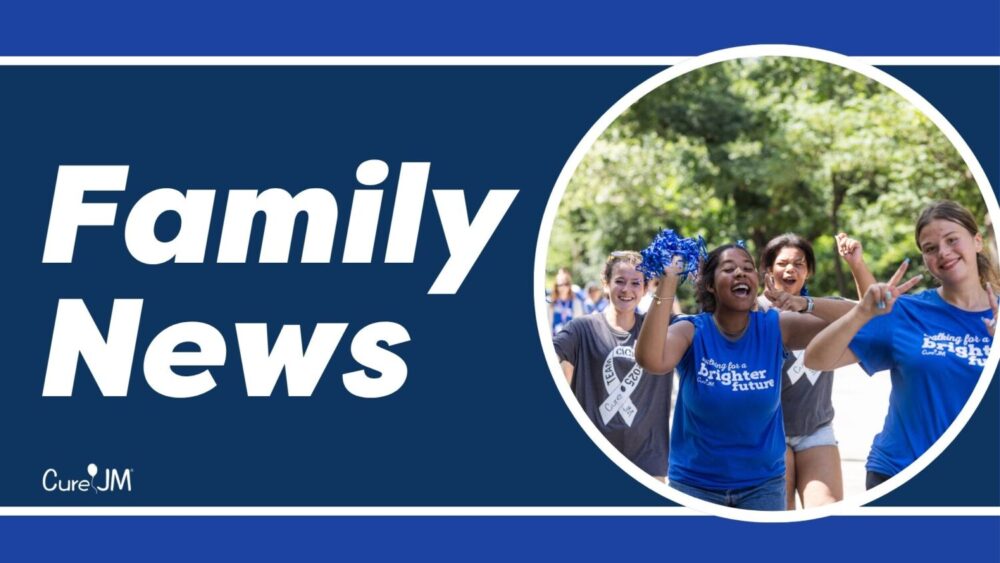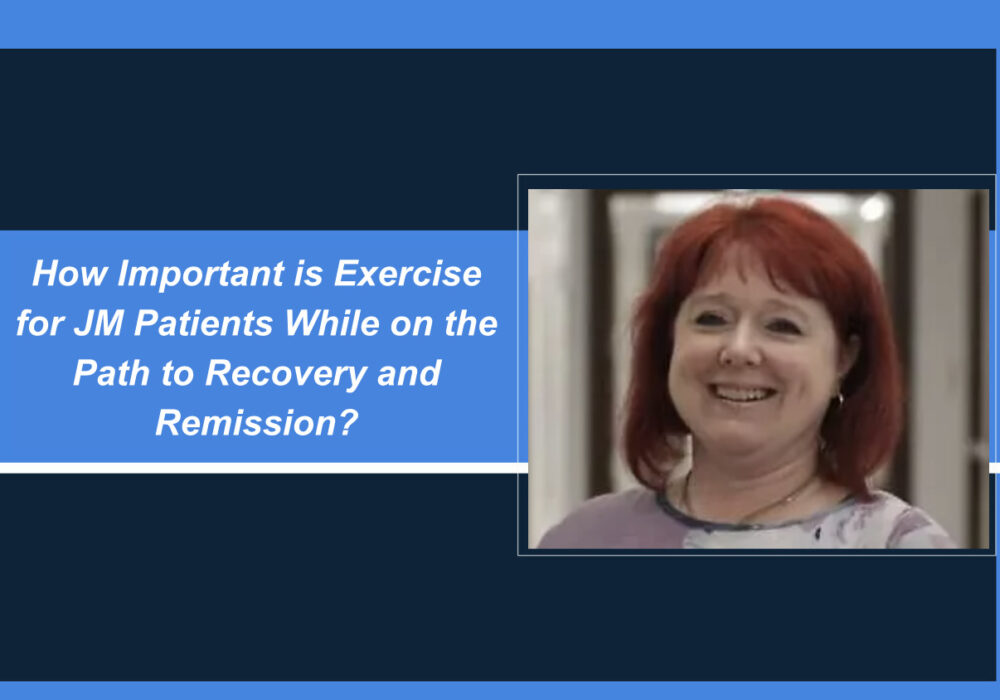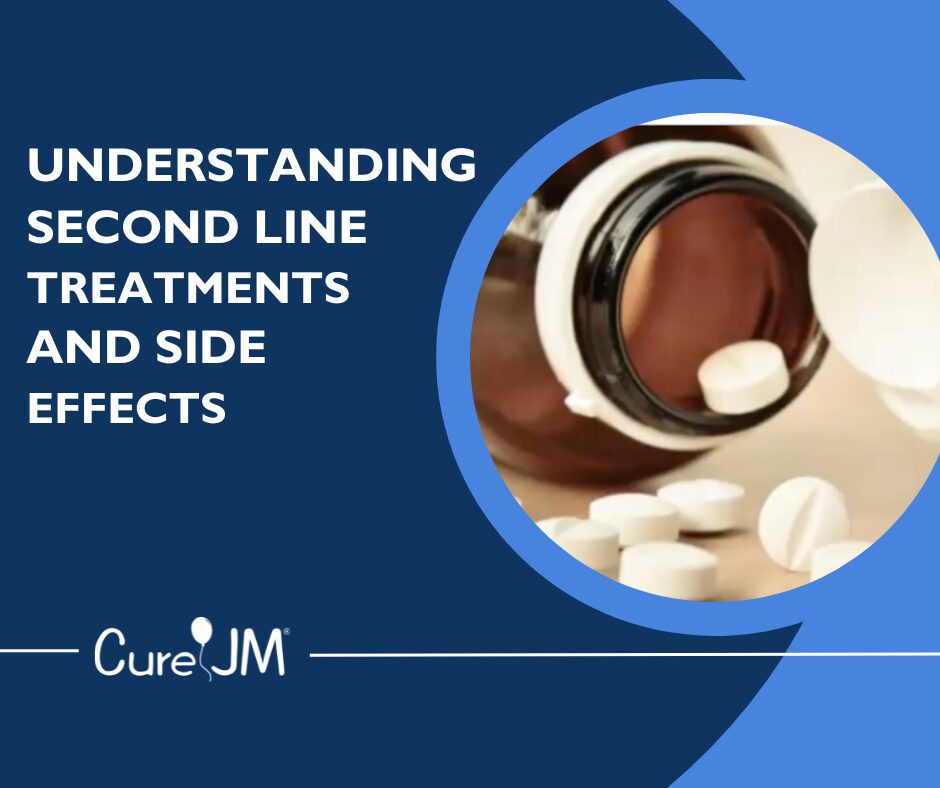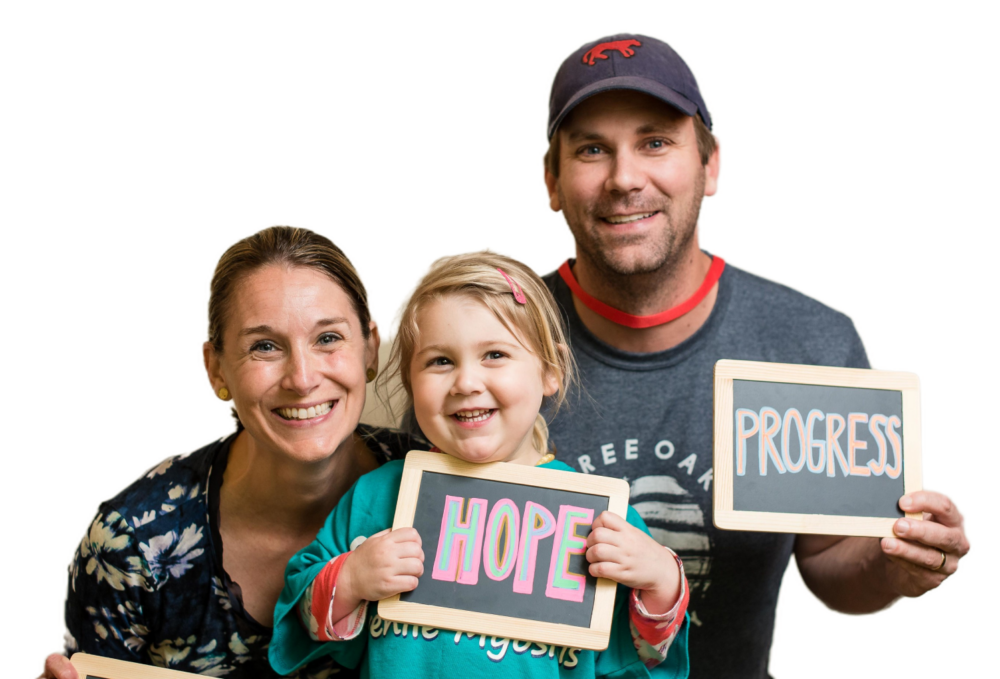The Cure JM Foundation produces a monthly newsletter with the latest news and updates about juvenile myositis. Please click below to read past issues of the Family News.
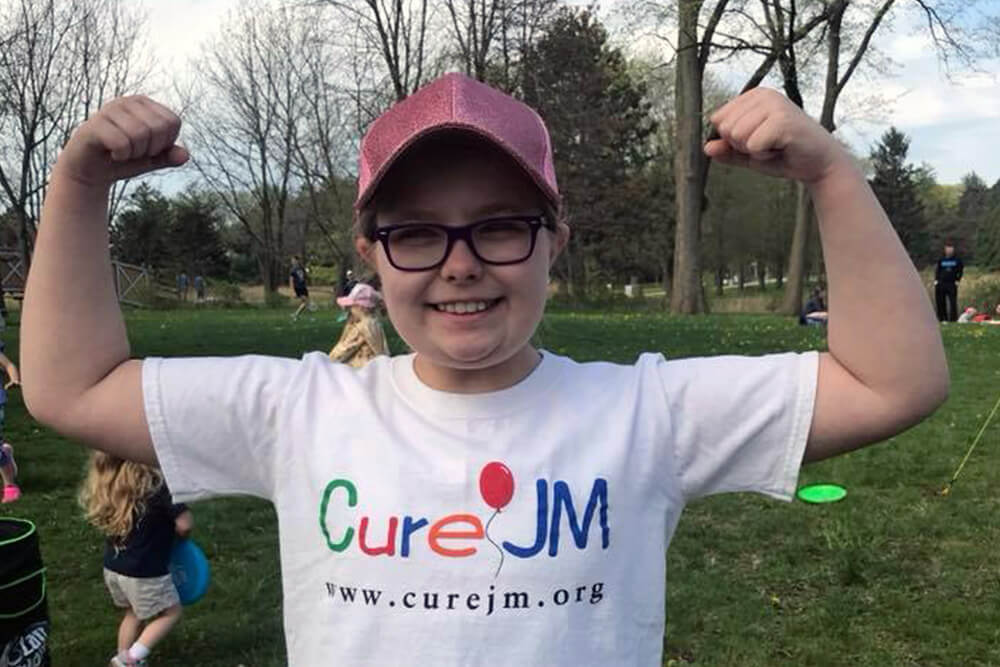
Emotional and Mental Health: General Resources
In order to understand how our families cope with mental health, we collaborated with Andrea Knight MD MSCE, an expert in the autoimmune and mental health fields.
